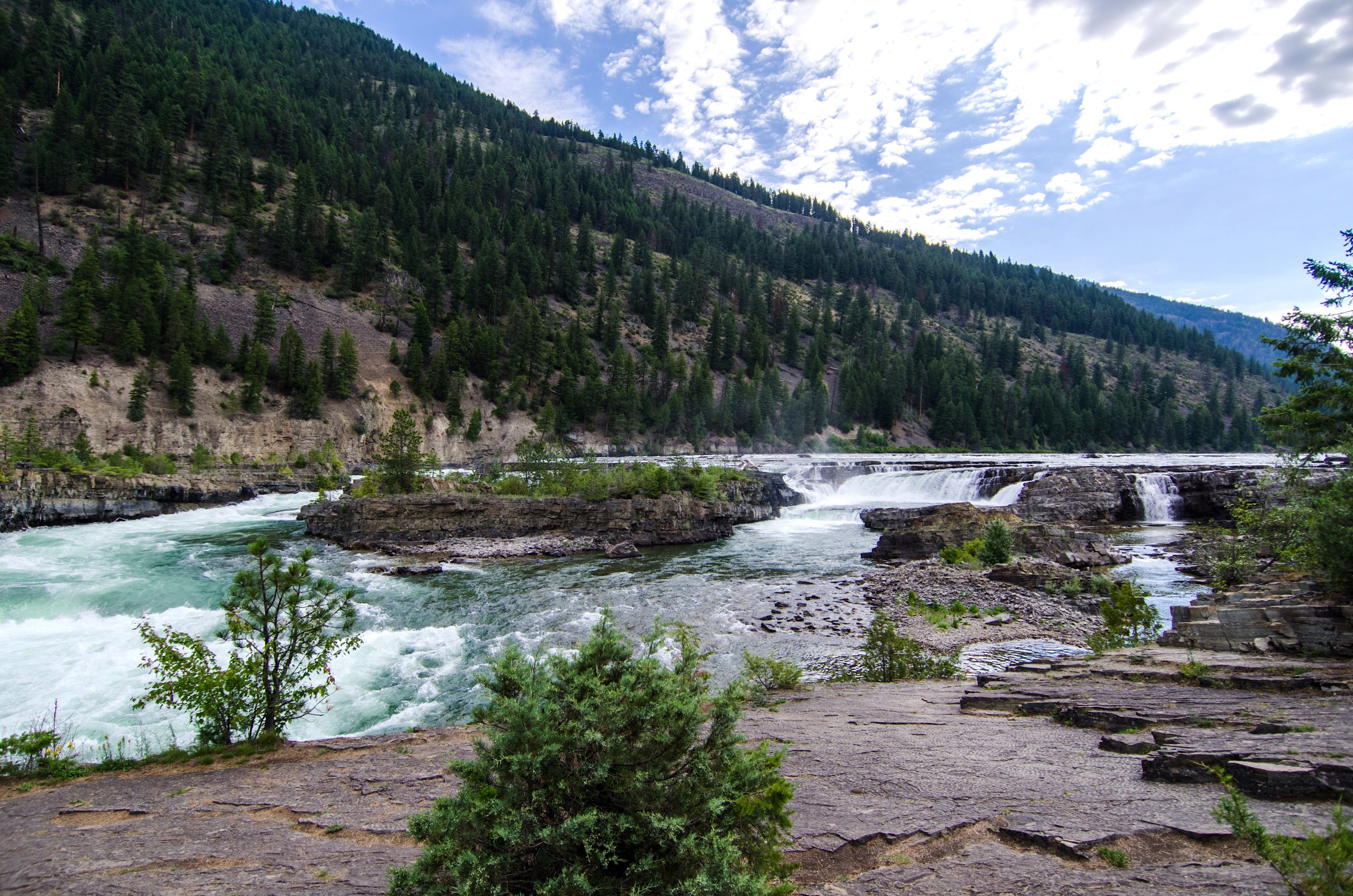Podcast: Play in new window | Download | Embed
The Klamath Tribes – which are comprised of the Klamath, Modoc, and Yahooskin people – have sent help down to Southern California to fight the massive wildfires.
KLCC’s Brian Bull reports.
The Klamath Tribes sent a Type 3 fire engine and crew down to tackle the Eaton Fire, which was nearing 14,000 acres Thursday night.
The incident command post is at the Rose Bowl in Pasadena.
William Ray Junior is chairman for the Klamath Tribes.
He says the crew will be be on the fire line no later than Friday morning.
“Y’know, we had a lot of help in Oregon, in our backyard from Southern California crews, and we’re just returning the favor in their time of need and wanna just want to show that the tribes are supportive with our crews that we have available, with our Indian spirit of giving.”
Ray says the Klamath Tribes and U.S. Forest Service will jointly be sending a second engine and crew down before the weekend.
Both deployments are equipped for 14 days.
More fires are expected across Southern California due to ongoing dry weather and powerful Santa Ana Winds through early next week.
On Thursday, Navajo Nation President Buu Nygren said in a social media post that a team of wildland firefighters has been deployed to southern California to help battle the fires.
He says the Navajo Scouts, a team of 23 members, including a female firefighter, are highly trained to fight fires like these.
Members of the team are from various communities across the Navajo Nation.

Courtesy Natasha Hayden
A Kodiak Island resident has been honored with a national award for environmental leadership.
One of eight awardees, Natasha Hayden was recognized for her work advocating for Alaska Native fishing rights.
KMXT’s Davis Hovey has more.
When the Center for Rural Affairs in Nebraska contacted Natasha Hayden to tell her she’d won a national award, she says she almost thought it was a scam.
“Also, in today’s climate of where people are reaching out to you, to try to get you to send them money, and to send your personal information, there was quite a bit of skepticism about it. Just like, oh somebody is cold calling me basically to say you’ve won this award.”
But the award was real.
It acknowledges a range of advocacy work Hayden has been doing for Alaska Native people on Kodiak Island, including her tribe of the Native Village of Afognak, for years.
Over those last ten years as a tribal council member of her village, Hayden has focused on fisheries advocacy and stewardship of marine mammals around Kodiak Island.
Hayden is also part of the Kodiak Island Tribal Coalition, which represents the Kodiak Archipelago’s ten tribes.
She says various villages in the region have lost 50 to 100% of their commercial fishing permits in a larger outmigration from those communities over the course of a few decades.
“Seeing this severe negative impact and working towards restoring access to those fisheries that are right outside of our back door has been primary, and it’s intertwined with everything.”
Hayden says she is building on the resource management work that was done by generations preceding her, which she says future generations will take up as well.
“And I take a lot, I mean, a huge amount of comfort from the belief that the Alutiiq people have been here for thousands of years, and that we’re still going to be here in a thousand years.”
Hayden will receive $25,000 as part of her 2024 Environmental Leader award.
Other awardees include a Meskwaki artist and farmer from Iowa, an Indigenous food sovereignty advocate in Louisiana, and a Diné environmental scientist in Arizona.
Get National Native News delivered to your inbox daily. Sign up for our daily newsletter today.


 This week, Secretary of the Interior Deb Haaland (Laguna Pueblo) shared her perspective about the agency’s
This week, Secretary of the Interior Deb Haaland (Laguna Pueblo) shared her perspective about the agency’s 
 January is National Human Trafficking Prevention Month.
January is National Human Trafficking Prevention Month.




 16 bills investing in Native communities were passed by the U.S. Senate in 2024, led by U.S. Sen. Brian Schatz (D-HI), according to the U.S. Senate Committee on Indian Affairs.
16 bills investing in Native communities were passed by the U.S. Senate in 2024, led by U.S. Sen. Brian Schatz (D-HI), according to the U.S. Senate Committee on Indian Affairs.



 The Indian Health Service and the Chickasaw Nation are signing an agreement Monday for the development and operation of a new medical center in Newcastle, Okla.
The Indian Health Service and the Chickasaw Nation are signing an agreement Monday for the development and operation of a new medical center in Newcastle, Okla.